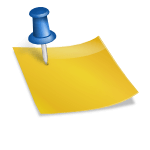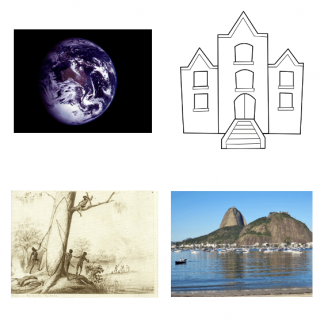Description


Year bundle containing all components of HASS/Science Year 2 units 2.1 to 2.4
Teacher handbook with complete lesson plans, curriculum mapping and assessment guide, student workbook and model answers, plus all the resource PDFs for
- History & Geography + Science: Understanding Our World
- Year 2
- Minimum time allocation half an hour per week, optimal 1 hour a week.
Unit 2.1: “Our Changing World”
This unit introduces students to a discussion of calendars, seasons and families around the world. Students partake in an activity of preparing a calendar for the current year. It is therefore recommended that this unit is taught at the beginning of the school year. The students then compare this calendar with other calendars around the world and examine the role of seasons in different calendars. They are introduced to the idea of different time zones, seasons and climates around the world. Students then examine how these differences impact families in a global context by looking at where in the world their family members currently live or have ever lived. Students analyse the impact of the weather on daily activities and examine how this has changed through time.
Unit 2.2: “Our Local Landscape”
In this unit students will study a local place, such as a park or landmark, and consider its management. The teacher should contact the local library or town hall and ask if the students could display posters they make for a period at the venue. These posters will highlight issues concerning the local place, such as its history, management concerns and suggested improvements. Students will work in from global to local scales by first considering the arrival of Aboriginal People in Australia during the Ice Age. Consideration of strategies for managing the environment used by Aboriginal People, will lead on to a discussion of the local Aboriginal Group.
A local park or landmark is chosen for study and visited in week 5. Students will consider many aspects of the park or landmark and then design posters highlighting particular issues. These posters should be displayed either at a local venue or at the school at the conclusion of this unit. Students consider both current and future management of the place and suggest issues to be considered. Students then reflect on this activity and consider how future management might be undertaken.
Unit 2.3: “Daily Life in the Past”
This unit investigates how daily life has changed through time. Students examine how people’s lives have changed in terms of family structure, technology and connections across the planet.
The timeline activity provides a hands-on experience mapping the abstract concept of time to 2-dimensional and even 3-dimensional space, which helps students to understand the concept of time and its duration. The timeline activity also revises the number-line concept as developed in the Mathematics Curriculum, as well as covering sequences and patterns of numbers, addition and subtraction and repeated operations.
Students will undertake a guided Scientific Investigation to examine types of evidence of daily life in the past. Students will consider stories, photographs, artefacts and texts, such as letters and journals, as sources of information about the past. The Scientific Investigation will introduce students to the Scientific Process and how conclusions are drawn from examinations of data, including artefacts.
Unit 2.4: “Our Earth’s Special Places”
This unit examines special places around the world and relates them back to Australia. Students examine the relationship between places and people. Students investigate people who live in different places around the world and how they interact with their places. This investigation starts to introduce students to the interplay between culture and place. The role of technology in people’s lives and the influence which it has on how people travel is also covered. Students consider different local environments, both in terms of their living and non-living features. The use of resources is each environment is described. Students then relate this learning back to their own environment and compare these places with Australia, whilst also examining cultural diversity in Australia.
Multi-Year Level Integration
In a multi-year level class, this unit can be integrated with the Year 1 1.A year bundle (units 1.1 to 1.4). For integration with the Foundation year, use the F.B year bundle (units F.5-F.8) for the Foundation year students.





































Laura Davidson, Teacher –
History and Geography are no longer boring and dry, and the material provides a wide variety of topics.